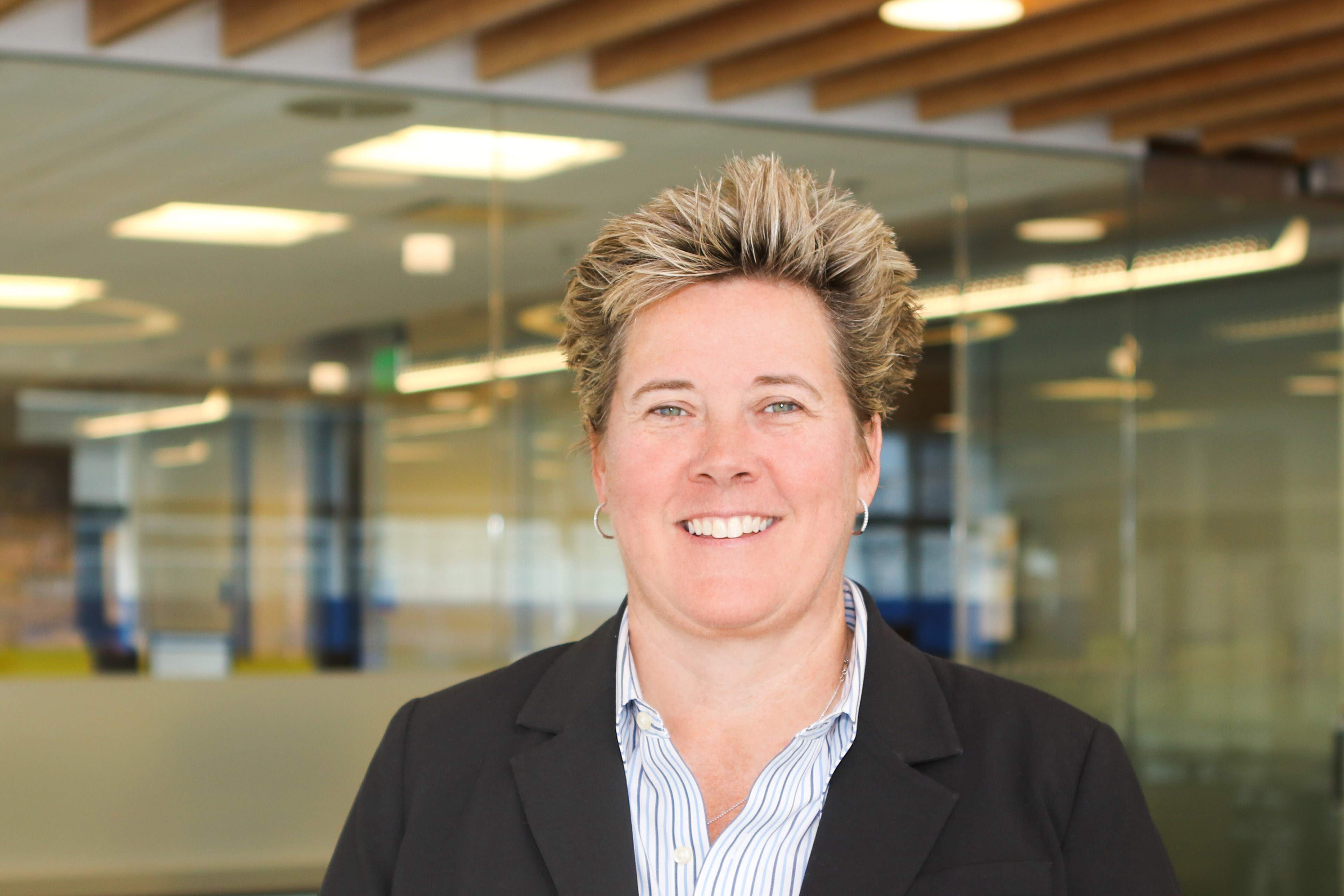EY’s People Advisory Services leveraged its proprietary solution – EY Change Insights – to provide the data and analytics needed to inform how the change was delivered. EY Change Insights is the technology that EY brings to a human-centric approach to digitalize the activities of change.
EY Change Insights was established as the data heart of the change program. Data on awareness and sentiment were gathered, and the vitality of behavior adoption in the change effort was also assessed. Pre-built assessments in eight languages captured rich insights into the workforce’s change experience. From these assessments, interactive dashboards revealed where and why groups’ change experience was off-track. The dashboards also allowed business leaders to drill down to see their team’s response to the change and understand the different behavioral profiles of employees across different parts of the business.
Moreover, EY Change Insights was used to track and understand the natural information flows, and it further provided an understanding of the key success factors needed for successful transformation – commitment, leadership, preparedness, involvement, and the change vision and plan. To help achieve the transformation objectives, EY Change Insights was also used to deeply analyze how well people were adopting the new behaviors and what the reasons for non-adoption were. Furthermore, the rich dashboards aggregated up to portfolio-level data to give leaders the information they need to steer, coordinate and assure the overall change effort.
By highlighting the hotspots and deeply understanding the workforce, the platform helped to efficiently identify where and how interventions needed to be tailored and targeted to address specific concerns for different employee groups.
Taking advantage of this data, the team was able to deliberately design a set of memorable activation experiences to bring the new strategy to life in a way that was aligned to the learning and communication preferences of the workforce. This helped drive successful adoption, and together with a cross section of the EY community, the team challenged traditional approaches and reimagined ways to engage at scale across a complex audience and cultural landscape.
Deliberately designed to create and maintain momentum over a two to three-year period, a series of interventions were recommended. New approaches included using virtual world technology to impactfully launch the new strategy globally, re-inventing existing recognition programs, and introducing gamification to drive adoption of key concepts.








